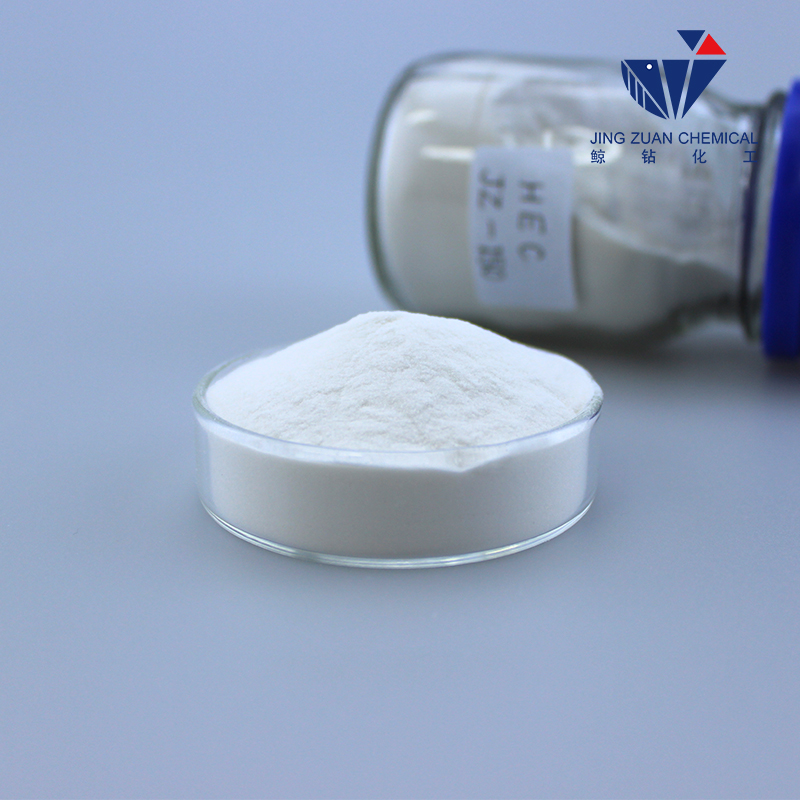
Dec . 16, 2024 16:05 Back to list
hpmc چیست
Understanding HPMC A Multifaceted Polymer
Hydroxypropyl methylcellulose, commonly abbreviated as HPMC, is a versatile polymer derived from cellulose, the most abundant organic polymer on Earth. Its unique properties and wide-ranging applications make it an essential component in various industries, from pharmaceuticals to food production and construction. Understanding HPMC involves exploring its chemical structure, properties, applications, and benefits.
Chemical Structure and Properties
HPMC is a semi-synthetic polymer created by modifying natural cellulose. It involves the substitution of hydroxyl groups on the cellulose molecule with hydroxypropyl and methoxy groups. This modification enhances the polymer’s solubility in water, allowing it to form viscous solutions when mixed with water. The level of substitution determines the properties of HPMC, including its viscosity, gel-forming ability, and thermal stability.
One of the most striking characteristics of HPMC is its ability to dissolve in cold water, forming a clear and sticky gel-like solution. This property makes it an excellent thickening agent, and it is often used to control the viscosity of various formulations. Additionally, HPMC has excellent film-forming properties, which contribute to its functions as a binder and coating agent.
Applications in Various Industries
1. Pharmaceuticals
In the pharmaceutical industry, HPMC is widely used as a binder in tablet formulations, ensuring even distribution of the active ingredients and improving the tablet’s mechanical strength. Its gel-forming ability also makes it suitable for developing controlled-release drug delivery systems, enabling a steady release of medication over time. Moreover, HPMC is employed in the production of capsules, acting as a vegetarian alternative to traditional gelatin capsules.
.
HPMC finds significant applications in the food industry due to its emulsifying and stabilizing properties. It is commonly used in processed foods, sauces, dressings, and bakery products to maintain consistency and improve texture. Additionally, HPMC serves as a fat replacer, helping to create low-fat and reduced-calorie food options without sacrificing taste and mouthfeel.
hpmc چیست

3. Construction
In construction, HPMC is utilized as an additive in cement-based products such as mortars and plasters. It enhances workability, improves adhesion, and increases the water retention capacity of the mixtures, allowing for better application and curing processes. This not only enhances the overall quality of construction materials but also extends their working time, providing more flexibility during application.
4. Cosmetics and Personal Care
HPMC’s thickening and film-forming properties extend its use to the cosmetics and personal care industry. It is commonly found in hair gels, lotions, creams, and other formulations, improving texture and stability. The polymer's non-toxic nature and compatibility with skin further enhance its appeal in cosmetic formulations.
Benefits of HPMC
The versatility of HPMC comes with numerous benefits. Being a plant-derived product, it is considered safe for consumption and use in various applications, making it an attractive option for those seeking natural alternatives. HPMC is also hypoallergenic and non-toxic, thus reducing the risk of adverse reactions. Its ability to form gels and provide viscosity control allows for precise formulation of products, whether in pharmaceuticals, food, or personal care.
Additionally, HPMC is environmentally friendly as it is biodegradable and produced from renewable resources. This aligns well with the growing trend towards sustainable and eco-friendly products, making it a preferred choice in many applications.
Conclusion
In conclusion, hydroxypropyl methylcellulose (HPMC) is a remarkable polymer with an impressive array of applications across different industries. Its unique properties, including solubility in cold water, film-forming ability, and thickening characteristics, lend themselves to a multitude of uses, from pharmaceuticals to food production and construction. As industries continue to seek sustainable and effective solutions, HPMC is likely to remain at the forefront of innovation, embodying the balance between functionality and safety. Understanding HPMC not only highlights its significance in modern applications but also underscores the potential of natural-derived polymers in shaping future products.
-
Versatile Hpmc Uses in Different Industries
NewsJun.19,2025
-
Redispersible Powder's Role in Enhancing Durability of Construction Products
NewsJun.19,2025
-
Hydroxyethyl Cellulose Applications Driving Green Industrial Processes
NewsJun.19,2025
-
Exploring Different Redispersible Polymer Powder
NewsJun.19,2025
-
Choosing the Right Mortar Bonding Agent
NewsJun.19,2025
-
Applications and Significance of China Hpmc in Modern Industries
NewsJun.19,2025







